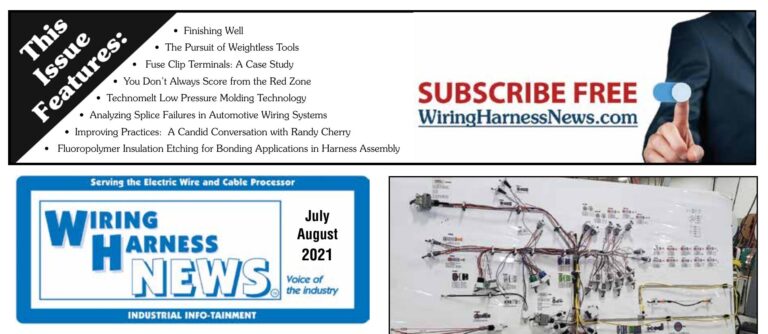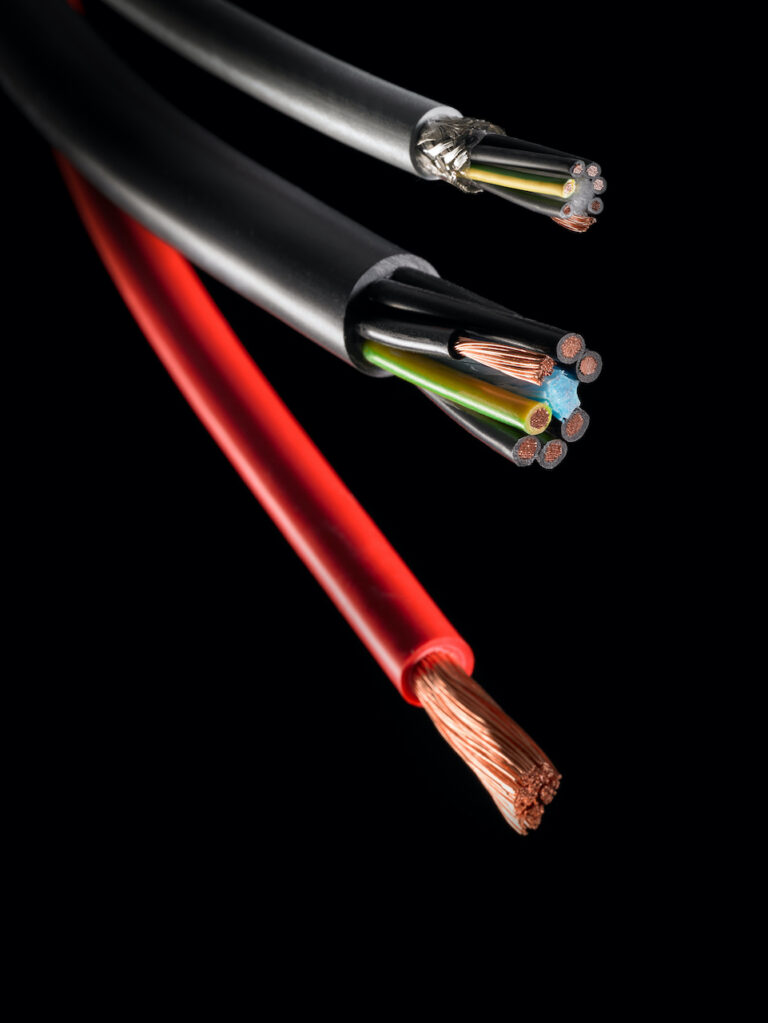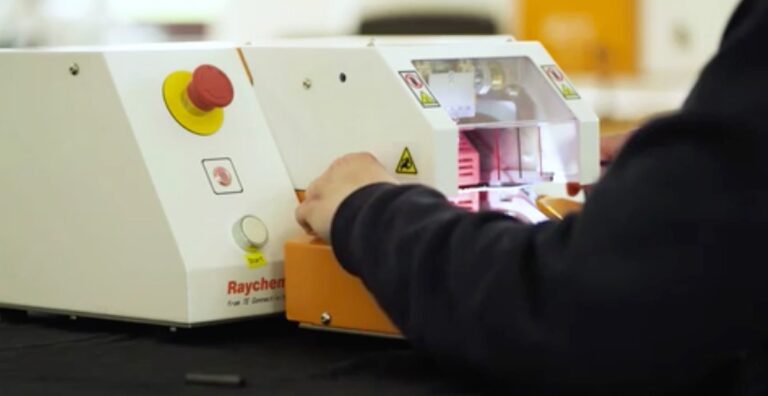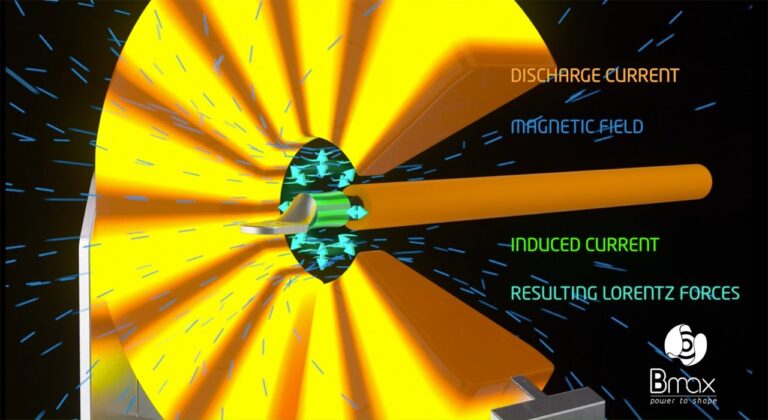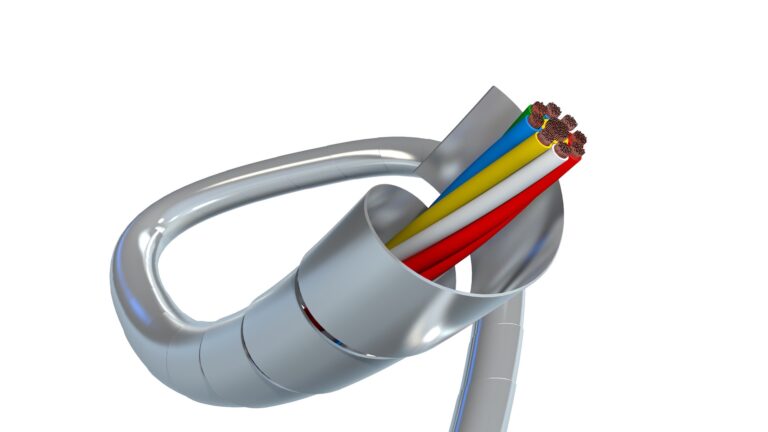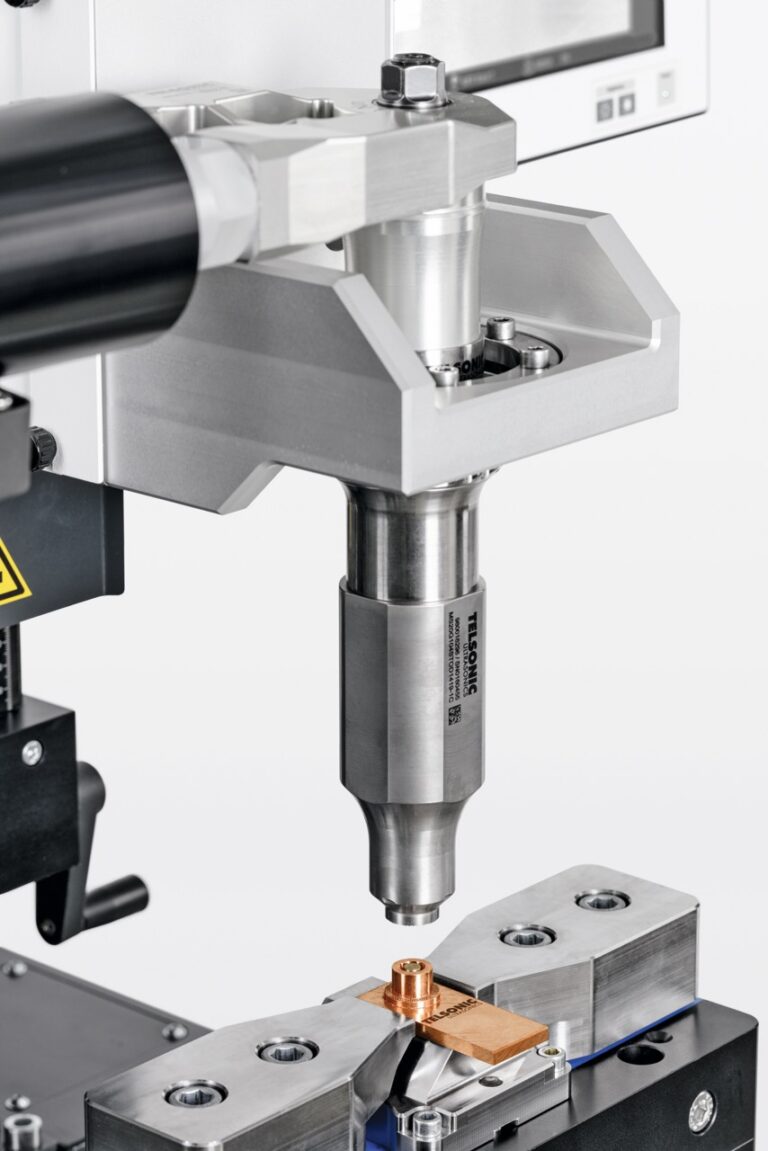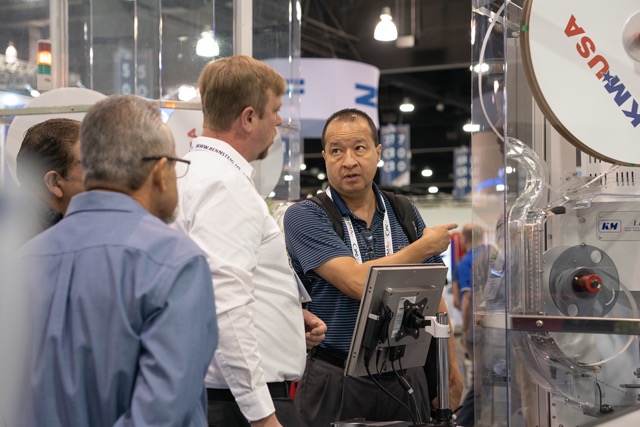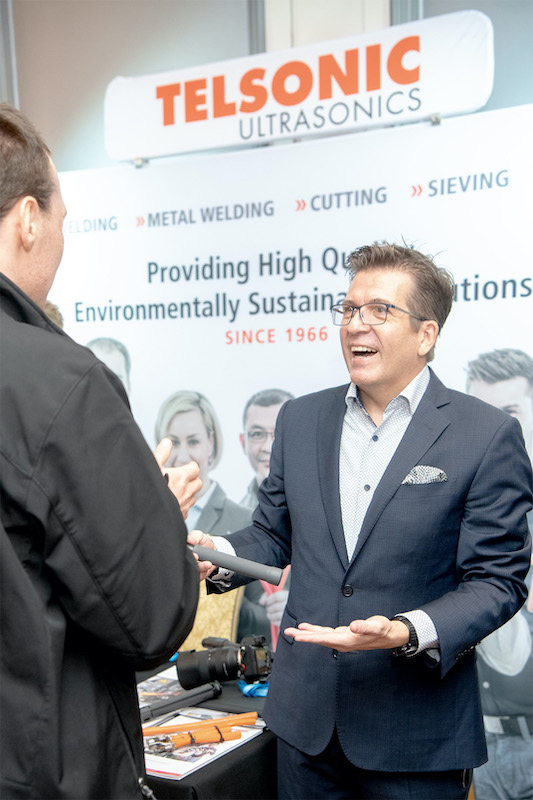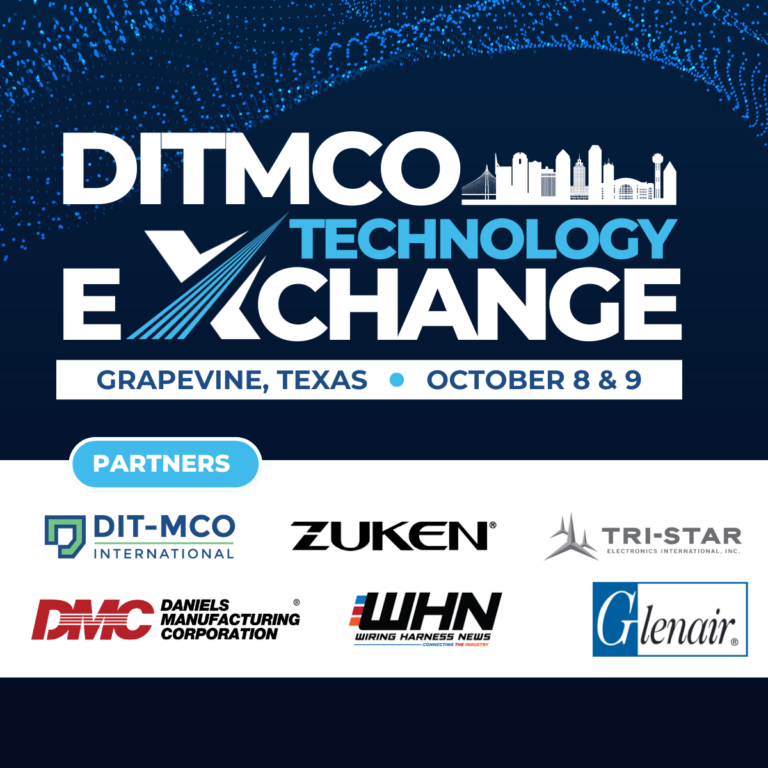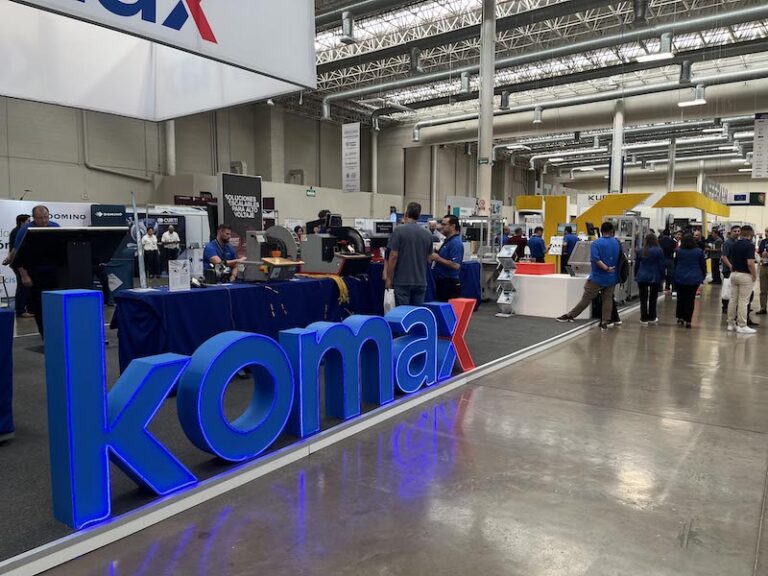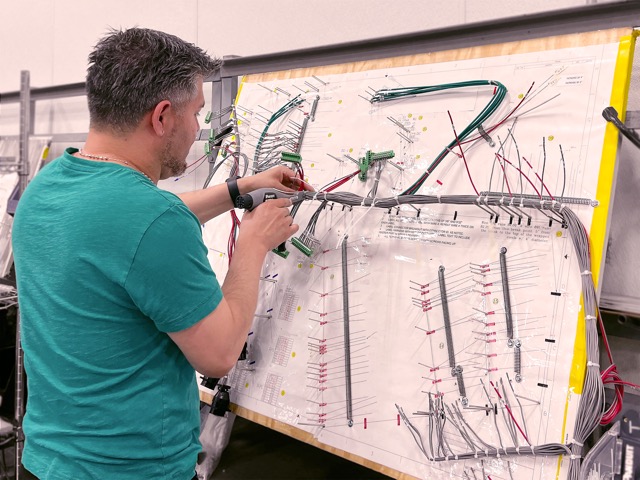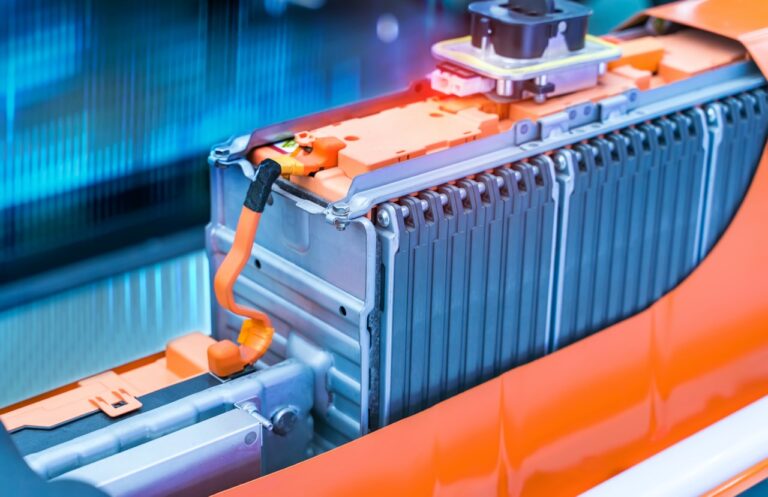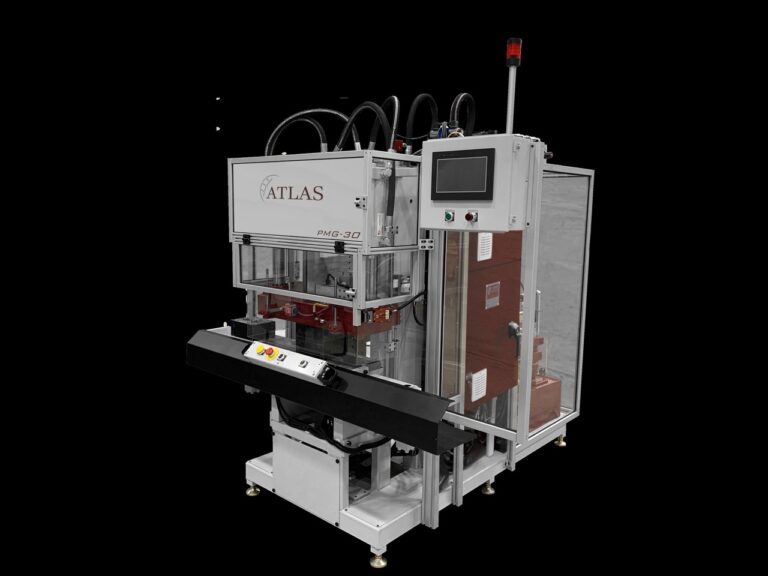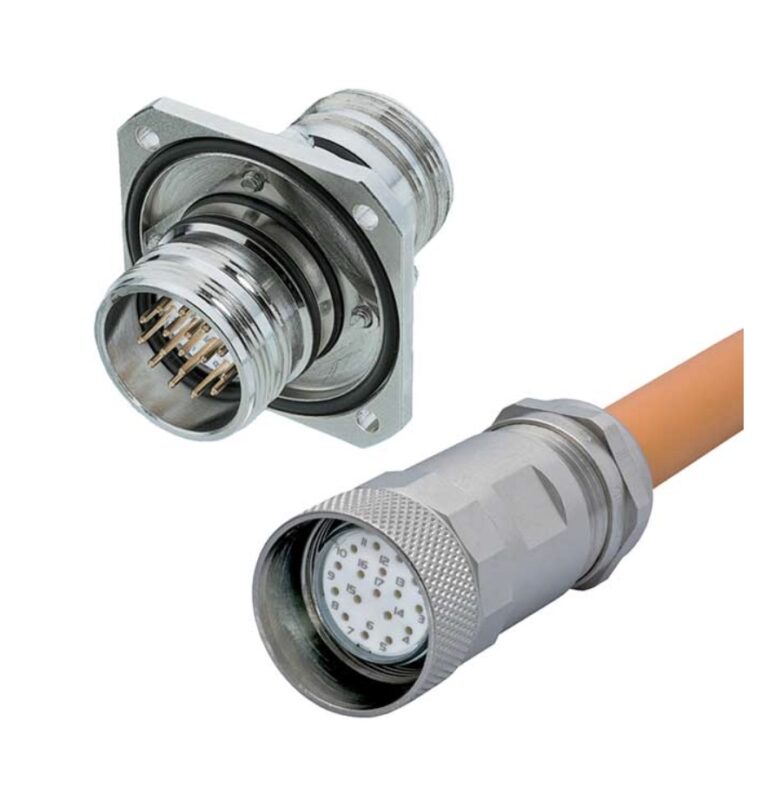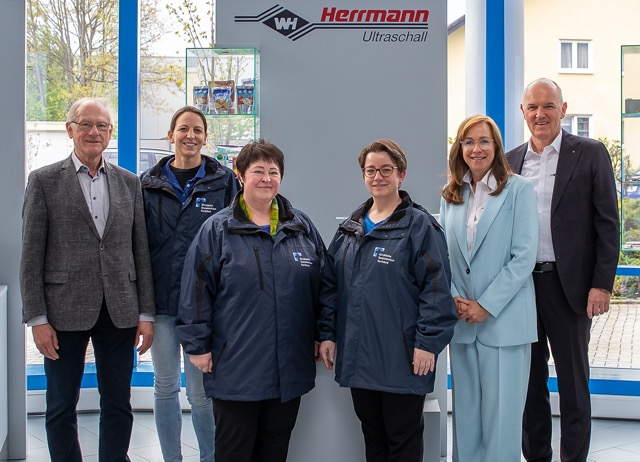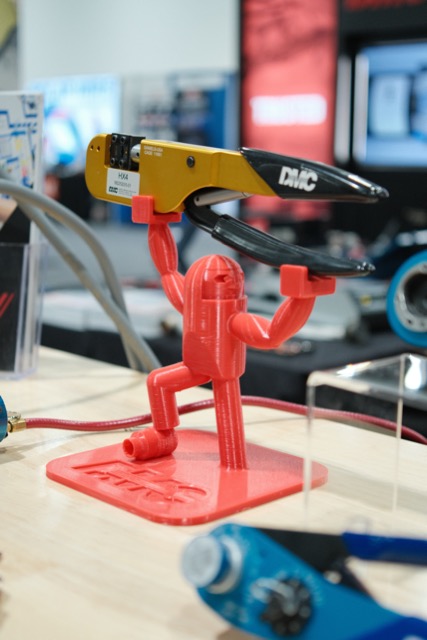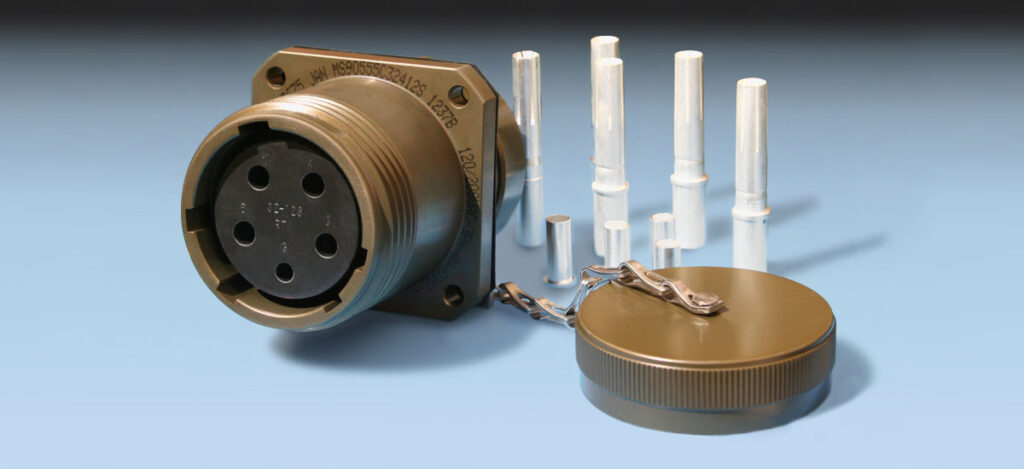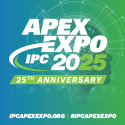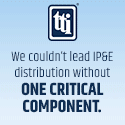Surface plating plays an important role in the overall performance of electrical connectors. This can relate to electrical performance, mechanical durability, EMI resistance as well as chemical interactions to environmental contaminants. For military and aerospace applications, the exact plating callouts are typically inculcated in the original drawings. Still, as the brain trust for OEM electrical systems continues to walk out the door, having done scant mentoring to new engineers, it is imperative for harness builders to understand this often-mystical process.
This article looks at some of the more popular plating types for connectors. The characteristics of conductivity and non-conductivity are discussed for each type. It’s not really a pro or a con, rather there are situations where you may specify one over the other. You may wish to have a conductive plating when you want to pass electrical current between components. You might also prefer it in environments where electrical grounding is necessary to prevent static discharge or reduce EMI.
Non-conductive plating is typically used when it’s necessary to prevent the flow of electricity and avoid any short-circuiting. They’re usually used in situations requiring insulation against electrical shock.
Anodic Plating
Also called anodizing, this process involves immersing the metal, usually aluminum, into an electrolyte solution and subjecting it to electric current. This causes a reaction on the surface that yields a thick, protective oxide layer. Anodizing does not inherently provide conductivity, but the surface can be treated with a coating to improve conductivity.
Pros:
Anodizing provides excellent corrosion resistance and is a great choice for harsh environments. The oxide layer is typically harder than the base metal which reduces wear and scratching. It works great as an electrical insulator and can be produced in a large variety of colors that resist fading. That makes it great for identification purposes (like a go/no-go gauge). It is also a relatively environmentally friendly process as it does not involve heavy metals or toxic chemicals.
Cons:
It can be challenging to control the thickness and color variation of the oxide layer. Because of its hardness it can be brittle when compared to the base metal. Additional pre-treatment steps may be necessary to overcome these variations. Anodizing is a capital-intensive process compared to other plating and coating options.
Passivation (Stainless Steel)
Stainless steel connectors require a special treatment called passivation. According to ASTM A380, it’s an electroless process that involves removing the exogenous iron compounds from the surface, usually with an acid solution. The chromium content of stainless steel creates an inherent corrosion resistant barrier, and the passivation process enhances this effect. Passivation of stainless steel typically results in a non-conductive surface.
Pros:
As stated, the process provides corrosion resistance and improved cleanliness as contaminants are removed from the surface. It makes parts look better with a smoother more uniform finish. Unlike other processes, passivation does not alter the dimensions or superior mechanical properties of stainless steel and is relatively cost effective compared to other surface treatments.
Cons:
While passivation provides great environmental protection, it doesn’t provide the level of protection of other coating methods, especially with respect to corrosive environments. Achieving uniform finishes can be challenging—almost an art form—resulting in irregular shapes and varying appearances of components. The acidic solutions are not environment friendly, and passivation can introduce hydrogen into the metal, which may increase brittleness.
Electroless Nickel
Unlike electroplating, which relies on an external electrical current to deposit metal ions onto the substrate, electroless nickel plating relies on chemical reactions to achieve deposition. After cleaning, the metal is immersed in a chemical reducing agent to prepare the surface for binding of nickel ions. Parts are then placed in a solution containing a nickel salt along with various other additives to control the process. The plating process continues until the desired thickness of the nickel layer is achieved. After the nickel salt bath, the substrate can undergo further processing to improve adhesion and corrosion resistance including rinses, drying or heat treatment. Electroless nickel typically provides a conductive surface.
Pros:
Electroless nickel provides a very uniform surface that is great for parts with complex shapes and internal surfaces like connectors. The alloy formed during the process offers excellent corrosion and wear resistance. It is very hard and finished parts are typically solderable.
Cons:
Electroless nickel tends to be costly compared to other plating methods, especially for large scale production. Like other methods, it can introduce hydrogen into the base metal, resulting in embrittlement. Controlling the surface thickness with electroless nickel can be another challenge. For this reason, it requires strict control of parameters like solution composition, temperature, and solution pH. Finally, the various solutions used possess many hazardous and toxic chemicals. Extensive treatment of the bath and rinse solutions is required and is a capital-intensive endeavor.
Chromium Conversion Coating
Unlike chrome plating, which is an electrolytic process, chromium conversion coating is a surface treatment often applied after an initial plating process (usually zinc or aluminum). After cleaning, parts are placed in a solution of dissolved chromate compounds, usually hexavalent chromium. A chemical reaction occurs between the chromium compound solution and the base metal. Although the coating itself is non-conductive, the underlying substrate may still be conductive.
Pros:
Chromium conversion coating offers excellent corrosion resistance and improves the adherence of subsequent coatings like paint for added durability. The process is cost-effective making it a great choice for mass production of electrical connectors.
Cons:
The hexavalent chromate compounds used in this type of plating are a known carcinogen and spent solutions are an environmental nightmare to process. Because of this, alternative formulations using trivalent chromium compounds. The performance is not as good as the hexavalent compounds, but health and environmental risks are greatly reduced.
Cadmium Plating
Cad plating has long been in use for Mil-Aero components (fasteners, connectors, structures and more). Parts initially go through a cleaning process, sometimes electro-cleaning, to remove contaminants. Cadmium metal salts such as cadmium sulfate or calcium cyanide are dissolved in water and parts are then immersed in the cadmium plating bath or subjected to electroplating. In the latter, a direct electrical current is passed through the solution to deposit cadmium ions onto the surface of the connectors. The cadmium ions react with the metal substrate, forming a thin layer of cadmium. In some cases, the parts are subjected to further treatments like chromium conversion coating to enhance the finish.
Pros:
Cadmium plating is superior in almost all categories. Its corrosion resistance is excellent, especially in salt spray testing, and resists the effects of highly corrosive chemicals like deicing fluid. It also has a low coefficient of friction which greatly reduces wear from mating and un-mating connectors. Cadmium plating promotes good solderability and is a good conductor of electricity. It’s also malleable which makes it easy to form around the complex shape of connectors during plating.
Cons: Cadmium is extremely toxic and carries significant environmental health risks if waste materials are not handled properly. Byproducts of the plating process are known to cause cancer for those not suitably protected. ‘CAD is BAD,’ and regulations like REACH and RoHS aim to minimize or eliminate its use. Exceptions are made for highly critical areas where substitutes just won’t cut it. For regulatory reasons alone, cadmium is never a good place to start. Substitutions should always be sought in new designs.
Zinc/Nickel
Zinc Nickel plating seems to be the avenue explored when developing a suitable alternative for cadmium. It is an electrolytic process that begins with cleaning and surface preparation with often an initial application of a reactive layer, such as nickel or copper. Components are then placed in a bath, consisting of zinc or nickel ions. An electric current is passed through the plating bath to deposit layers of zinc or nickel to the connectors.
Pros:
Zinc/nickel plating provides excellent corrosion resistance. With proper quality control, this coating can approach the anticorrosion levels of cadmium. The combination of the zinc and nickel surfaces provide a very durable, scratch resistant surface that can also withstand higher temperatures. It provides a very uniform coating, and the zinc layer acts as a sacrificial anode providing additional corrosion protection.
The Zinc content seems to be the key in the corrosion resistance of this method. Thus, other plating processes like Zinc/Tin have been developed that better match the properties of cadmium.
Cons:
Like many other plating processes, zinc/nickel is susceptible to hydrogen embrittlement. It can be more expensive compared to some other lighting methods, especially when done in large batches. Although nowhere near as toxic as cadmium or hexavalent chromium, there are environmental concerns related to the use of the chemicals in the process, and care must be taken in disposing of them. It can be a challenge to control the thickness of zinc/nickel plating, and it may not be compatible with all substrates or surface treatments.
Many thanks to Sean Sloat, Sales Engineer at Robert Technologies for helping me form the basis for this article. Thanks also to Dave Kelly of Spacecraft Components for allowing access to his vast industry knowledge. Additional sources: Lectomec.com – Does a Connector’s Plating Type Impact Performance?, Glenaire.com – Tin-Zinc and Other Glenair Material Innovations.
*





















